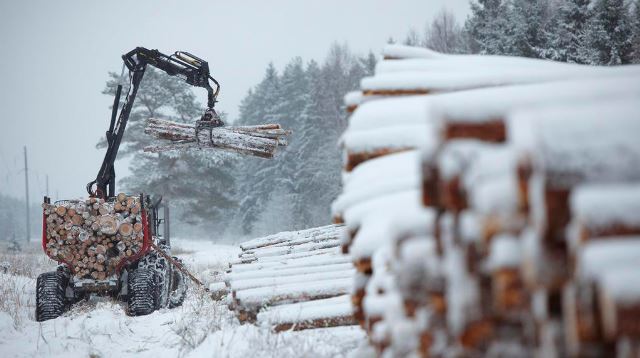
Due to the delayed winter, significantly less timber has been
harvested than planned in the forestry sector. This, in turn,
affects the incomes of forestry workers. However, timber prices
are on the rise and sawn timber prices are also expected to
increase by the second quarter.
If last season winter began for the forestry sector in November,
this season it only started now, in February. For Valga Puu, one
of Estonia's largest forestry companies, this means that
significantly fewer operations have been carried out than
planned.
"In January this year, we only harvested 13,000 cubic meters.
The plan was 30,500 cubic meters. In that sense, it's very bad.
Machine operators are paid on a piecework basis, so when
two-thirds of the workload disappears, there's an immediate
problem ¡ª they simply don't get paid," said J¨¹ri Tambets,
resource manager at Valga Puu.
The forestry sector accounts for 13 percent of jobs in
southeastern Estonia and as much as 15 percent in Viljandi
County, making it a key economic sector in these regions that
directly affects many people. The small company Loo Mets, which
has three employees, acknowledges that as long as risks are
diversified and seasons like this don't occur back-to-back, they
won't have to shut down operations.
---
Source:
news.err.ee